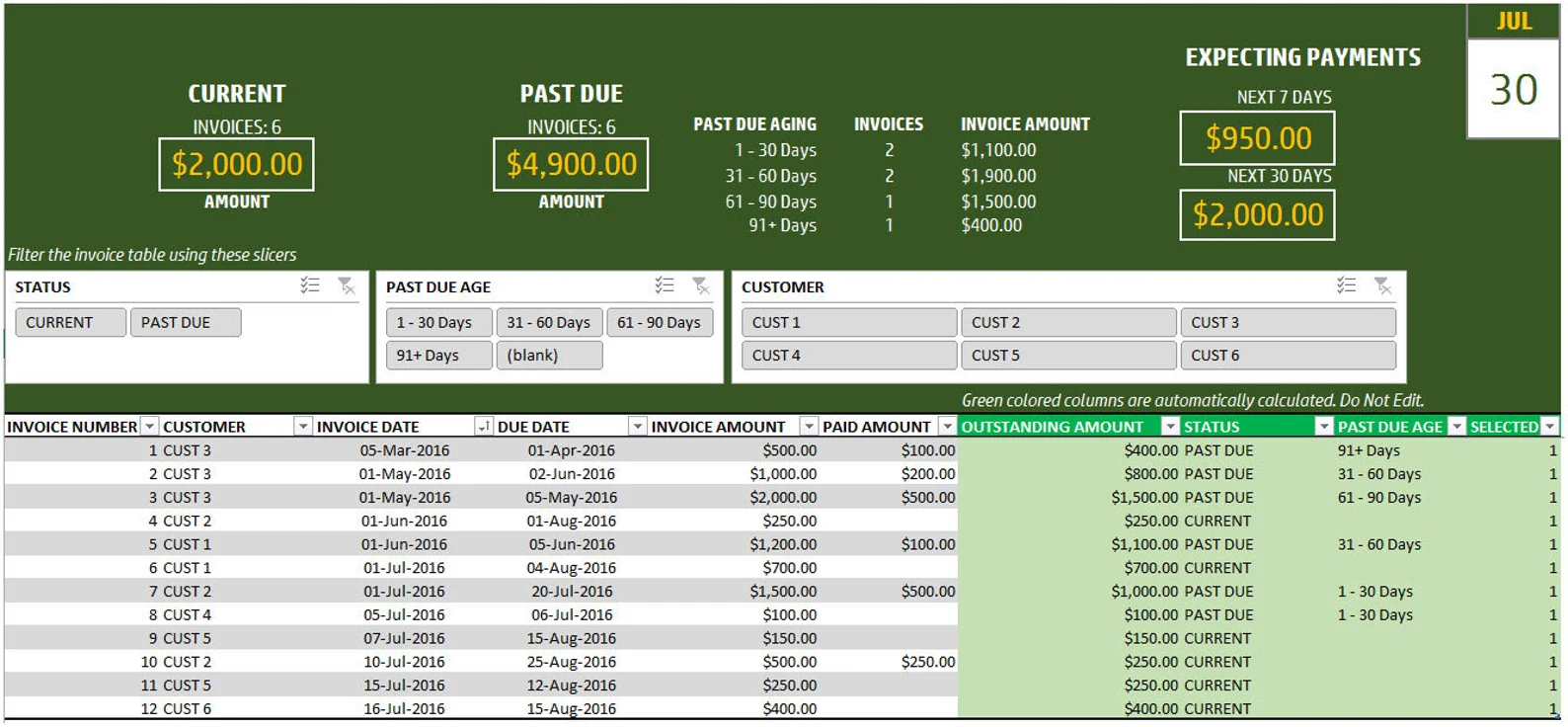What Are Small Amount Payments?
Small amount payments refer to transactions involving relatively low sums of money, often less than $10 or $20, depending on the context. These payments can take many forms, including microtransactions in online gaming, app purchases, or small retail transactions. In a world increasingly reliant on digital commerce, small amount payments have gained prominence, enabling businesses to monetize products and services that may not warrant significant upfront costs. This payment method has been instrumental in creating new revenue streams, particularly in industries like gaming, digital content, and subscription services. As technology evolves, the mechanisms for making these payments have become more streamlined, with mobile payment apps and digital wallets leading the charge.
The Benefits of Small Amount Payments
One of the key advantages of small amount payments is their ability to facilitate impulse purchases. Consumers are often more willing to spend small amounts of money on a whim, which can lead to increased sales for businesses. For example, a game developer might charge a small fee for a cosmetic item, which players are likely to buy without much consideration. Additionally, small amount payments can lower the barrier to entry for customers. Instead of committing to a large purchase, customers can try out a service or product with minimal financial risk, encouraging them to explore new offerings. This approach is particularly effective in subscription services where users can enjoy a trial period before committing to a full subscription.
Challenges and Considerations
Despite their advantages, small amount payments also come with challenges. Transaction fees can quickly eat into profits, particularly for businesses that operate on thin margins. Payment processors may charge a flat fee or a percentage of the transaction, making it economically unfeasible for vendors to accept small payments. Furthermore, regulatory considerations can complicate small amount payment transactions, particularly in industries like gaming and online betting, where age restrictions and licensing laws apply. Businesses must ensure compliance with these regulations, which can add layers of complexity to their operations.
The Future of Small Amount Payments
Looking ahead, the future of small amount payments appears promising, fueled by advancements in technology and changing consumer behaviors. The rise of digital wallets and mobile payment systems has made it easier than ever for consumers to make quick transactions. As more businesses adopt these technologies, we can expect to see an increase in the acceptance of small amount payments across various sectors. Additionally, with the growth of cryptocurrency and blockchain technology, new opportunities may arise for processing small payments efficiently and securely. Businesses that adapt to these changes will be better positioned to capitalize on the evolving landscape of commerce, ensuring that they can meet consumer demands for convenience and accessibility.소액결제상품권






Leave a Reply